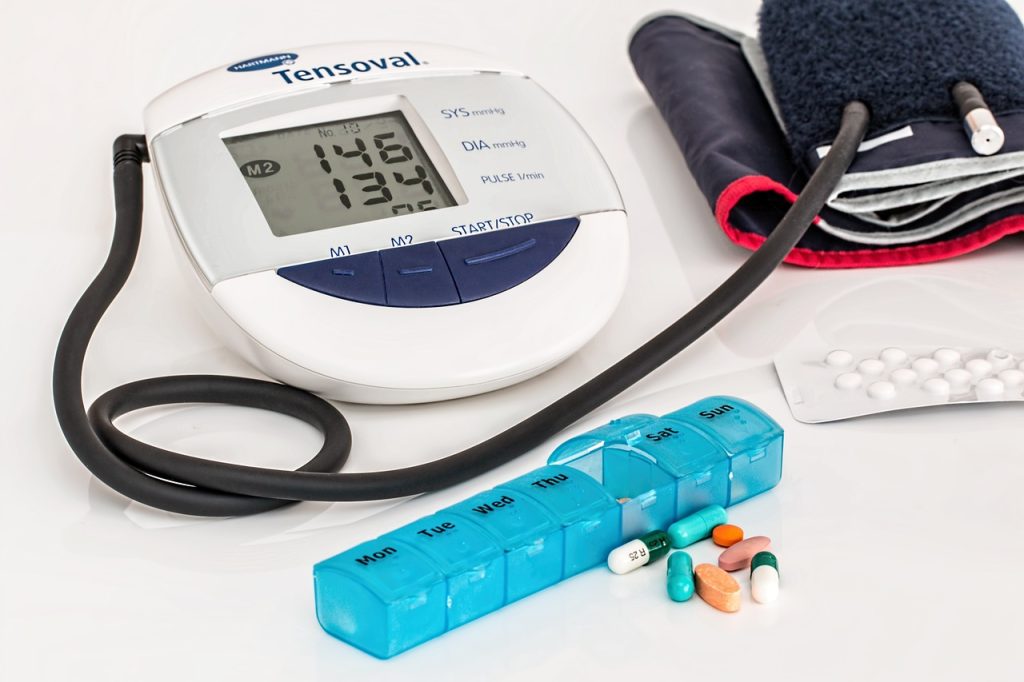In recent years, the integration of technology into healthcare has revolutionized the way patient information is managed. For behavioral health practitioners, Electronic Health Records (EHR) have become essential tools that streamline processes, enhance patient care, and improve overall efficiency. When considering a behavioral health EHR, certain features are crucial for ensuring that the system meets the unique needs of mental health providers. Here, we outline the top 10 essential features to look for in a behavioral health EHR.
1.Patient-Centered Interface
An intuitive and user-friendly interface is vital for both clinicians and patients. The EHR should allow easy navigation, enabling providers to quickly access patient information, treatment plans, and progress notes. This feature enhances the overall user experience and promotes better patient engagement.
2.Customizable Treatment Plans
Behavioral health often requires tailored treatment approaches. A robust EHR should allow for the customization of treatment plans to meet the specific needs of each patient. This includes the ability to modify goals, interventions, and progress tracking according to individual circumstances.
3.Integrated Telehealth Capabilities
With the rise of telehealth, especially post-pandemic, having integrated telehealth capabilities within an EHR is essential. This feature enables providers to conduct virtual sessions seamlessly, maintaining continuity of care while ensuring patient privacy and compliance.
4.Comprehensive Assessment Tools
Behavioral health assessments are crucial for diagnosis and treatment planning. An effective EHR should include standardized assessment tools that can be easily administered and scored. These tools help clinicians gather essential information about patients’ mental health status and needs.
5.Robust Reporting and Analytics
Data-driven decision-making is key in healthcare. A behavioral health EHR should offer robust reporting and analytics features that allow providers to track outcomes, monitor patient progress, and analyze trends. This information is invaluable for improving care quality and meeting regulatory requirements.
6.Interoperability
Seamless data sharing with other healthcare systems is vital for comprehensive patient care. A good behavioral health EHR should be interoperable, allowing providers to exchange information with primary care physicians, specialists, and other healthcare entities to ensure a holistic approach to treatment.
7.Secure Messaging and Communication
Effective communication between providers and patients is essential in behavioral health. An EHR should include secure messaging features that allow for confidential communication, appointment reminders, and follow-ups without compromising patient privacy.
8.Billing and Insurance Management
Navigating the complexities of insurance and billing can be challenging in behavioral health. An EHR that incorporates billing functionalities can streamline claims management, track payments, and handle insurance verification, reducing administrative burdens on staff.
9.Regulatory Compliance
Behavioral health providers must adhere to various regulations, including HIPAA and state-specific laws. An EHR should have built-in compliance features that ensure patient data is handled securely and that all documentation meets regulatory standards.
10.User Support and Training
Finally, having access to reliable user support and training resources is crucial for a successful EHR implementation. Providers should look for systems that offer comprehensive training programs and responsive customer support to assist with any issues that may arise.
In conclusion, selecting the right behavior health EHR is a critical decision that can significantly impact the quality of care provided. By focusing on these essential features, behavioral health practitioners can ensure they choose an EHR that not only meets their operational needs but also enhances patient outcomes and supports their practice’s growth.
